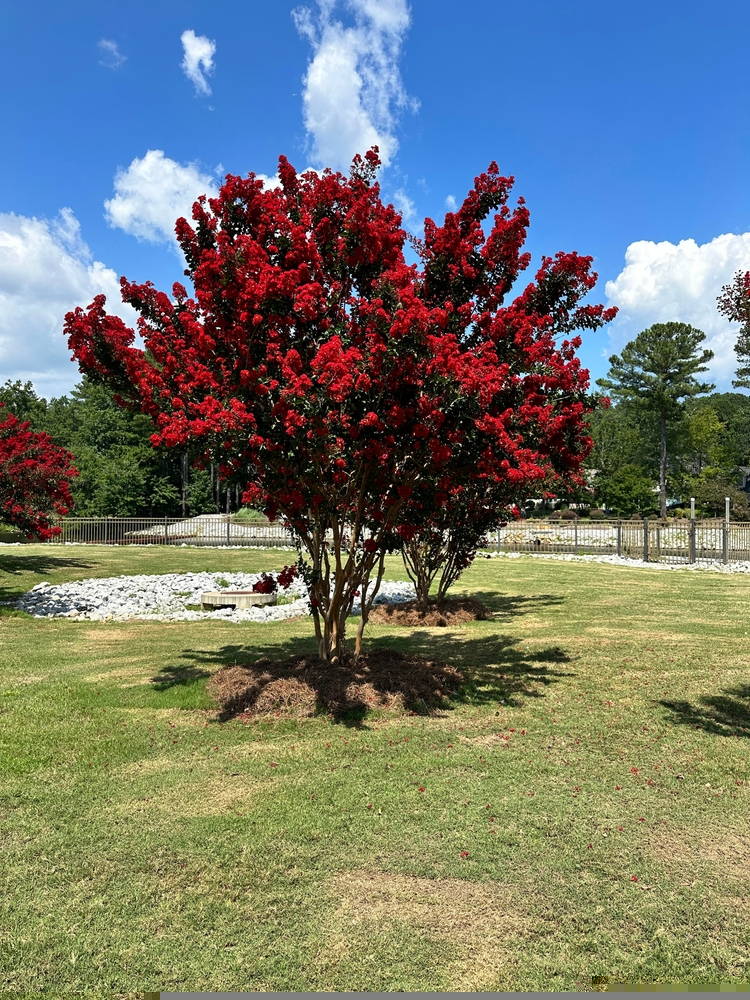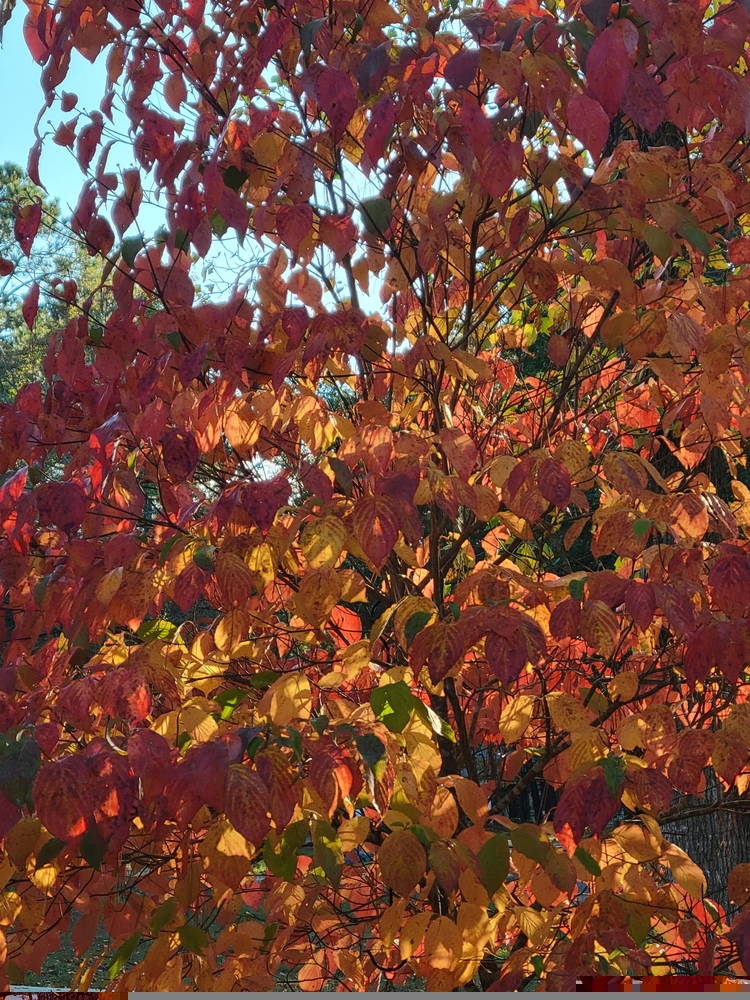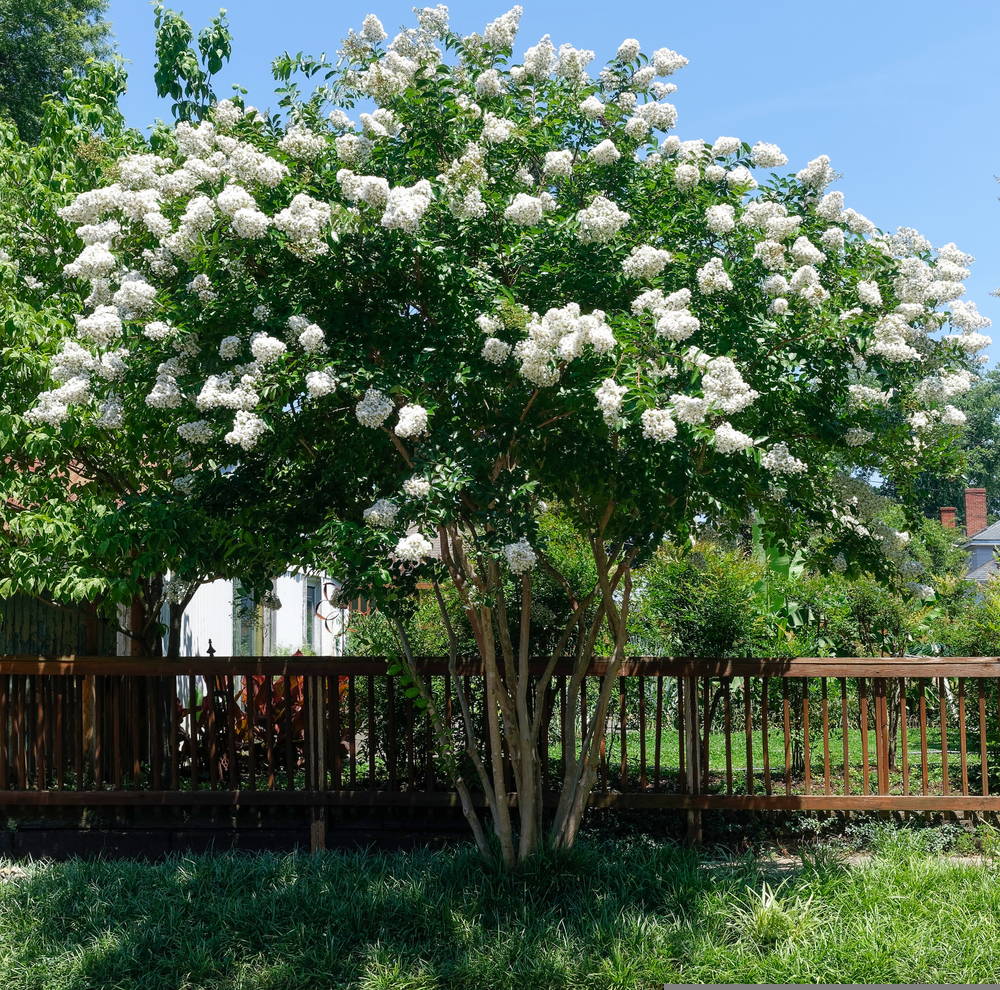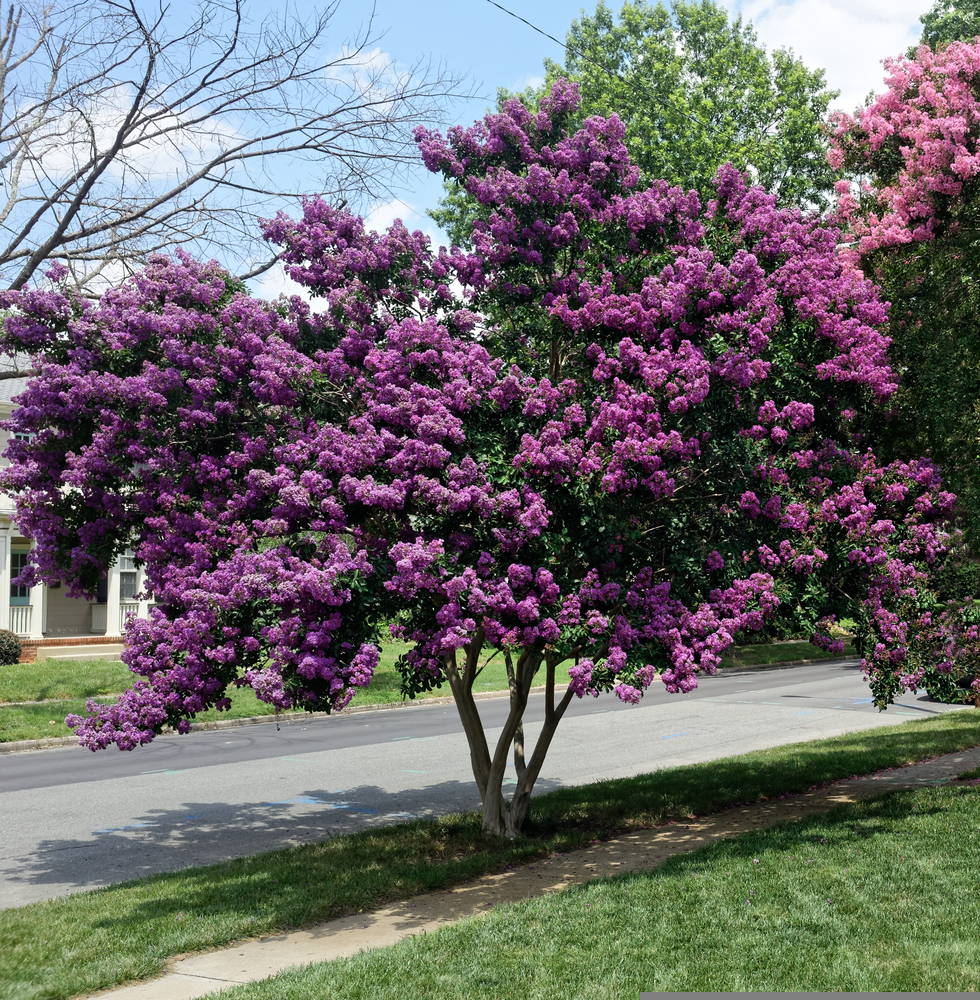
Crepe Myrtle
Heat-Proof Elegance: Crepe Myrtles Light Up Austin Gardens
Crepe Myrtles are the Crown Jewels of Texas summers — exploding with long-lasting blooms in shades of pink, white, red, and purple just when the heat hits hardest. Beloved for their peeling bark, sculptural trunks, and drought-tolerant resilience, these flowering trees and shrubs offer year-round interest with minimal upkeep. Looking for a showy specimen? A blooming privacy screen? A container-sized stunner? There’s a crepe myrtle for that! Pollinator-friendly and easy to grow, they love the sun, tolerate Austin’s alkaline soils, and thrive through scorching summers.
Popular Crepe Myrtle Varieties for Austin
- Acoma – Graceful, semi-weeping form with white flowers; compact and elegant.
Tamaño maduro: 8–10ft H, 6–8ft W
- Black Diamond® Series – Dark burgundy foliage with vivid blooms (varies by cultivar: White, Red, Pink, etc.); modern, striking look. Tamaño maduro: 8–12ft H, 6–10ft W
- Catawba – Compact, with rich purple flowers; great mildew resistance.
Tamaño maduro: 10–15ft H, 8–10ft W
- Dynamite – Bold cherry-red flowers and mildew resistance; upright growth.
Tamaño maduro: 15–20ft H, 10–15ft W
- Muskogee – Pale lavender blooms and smooth, light-colored bark; one of the longest bloomers. Fall leaves can show deep red or burgundy. Tamaño maduro: 20–30ft H, 15–20ft W
- Natchez – Elegant white flowers and cinnamon-colored bark; excellent multi-trunked tree. Leaves Often turn vibrant orange to red in fall. Tamaño maduro: 20–30ft H, 15–20ft W
- Tonto – Deep watermelon red flowers; ideal for smaller yards or privacy hedges. Fall leaves may show fiery red-orange hues. Tamaño maduro: 8–10ft H, 6–8ft W
- Tuscarora – Vivid coral-pink blooms with striking bark; fast-growing. Fall leaves may show fiery red-orange hues. Tamaño maduro: 20–25ft H, 12–15ft W
Crepe Myrtle Care in Austin
La luz del sol: Full sun (6+ hours daily) is essential for strong blooming.
Agua: Water regularly during establishment. Once established, water deeply every 7–10 days in summer.
Poda:
- Major structural pruning in late winter (Feb–early March)
- Light tip pruning in summer to encourage more blooms
Avoid “crape murder” — never top the tree harshly
Suelo: Adapts to most well-drained soils, including alkaline clay common in Central Texas.
Pests/Disease: Choose mildew-resistant cultivars for minimal care; aphids may appear but rarely harm the plant.ne growing season). Cut back flower stalks after blooming to maintain form.
Plantas destacadas (Archivos)




